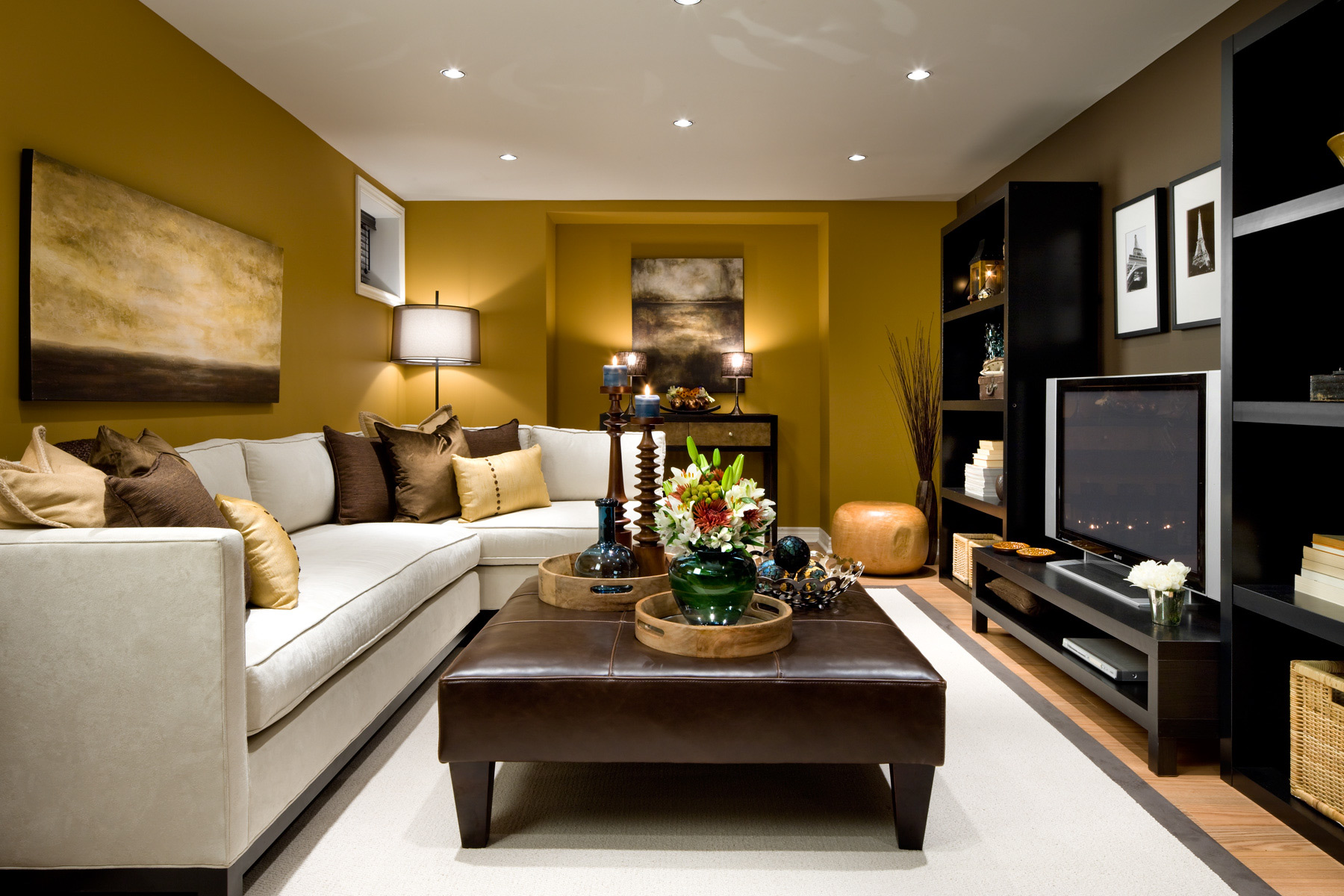Introduction
A loft conversion is an excellent way to increase the living space in your home. However, the challenge is always how to light up the new area to make it appear spacious and comfortable. In this article, we will explore some ideas for lighting a loft conversion.
Natural Lighting
The first step in lighting up a loft is to consider the amount of natural light that enters the space. If windows already exist in the loft, ensure that they are cleaned and well-maintained to allow as much natural light as possible to filter through.
If there are no windows in the loft, consider installing skylights or rooflights. These allow ample natural light to enter the space, creating a bright and airy atmosphere.
Artificial Lighting
Once natural lighting has been maximized, it’s time to start looking at artificial lighting to supplement it. There are several types of artificial lighting to consider:
Recessed Lighting
Recessed lighting or spotlights is a popular choice in loft conversions. These are lights that are embedded into the ceiling or walls, creating a streamlined and minimalistic look. Recessed lighting provides brightness throughout the room and can be installed in specific areas that require additional lighting.
Hanging Lighting
Hanging lights such as pendant lights can be used in a loft conversion to make a statement or add visual interest. Pendant lights can be used to create a focal point above a dining table or seating area, adding personality and style to the space.
Floor Lamps
Floor lamps can be used in a loft conversion to add both style and functionality. These lamps are free-standing and can be easily moved around to suit different requirements. They are also available in various styles, colors, and sizes.
Table Lamps
Table lamps can be used for task lighting or to provide mood lighting in a loft conversion. They can be placed on bedside tables, desks or coffee tables, providing extra light for reading or working.
Color Temperature
When selecting artificial lighting, it’s also important to consider the color temperature of the bulbs. The color temperature of a bulb determines the warmth or coolness of the light. For example, a warm yellow light creates a cozy and inviting atmosphere, while cool white light is more energizing and refreshing.
For a loft conversion, it’s best to use bulbs with warm color temperatures. These create a comfortable and relaxing ambiance that encourages relaxation and rest.

